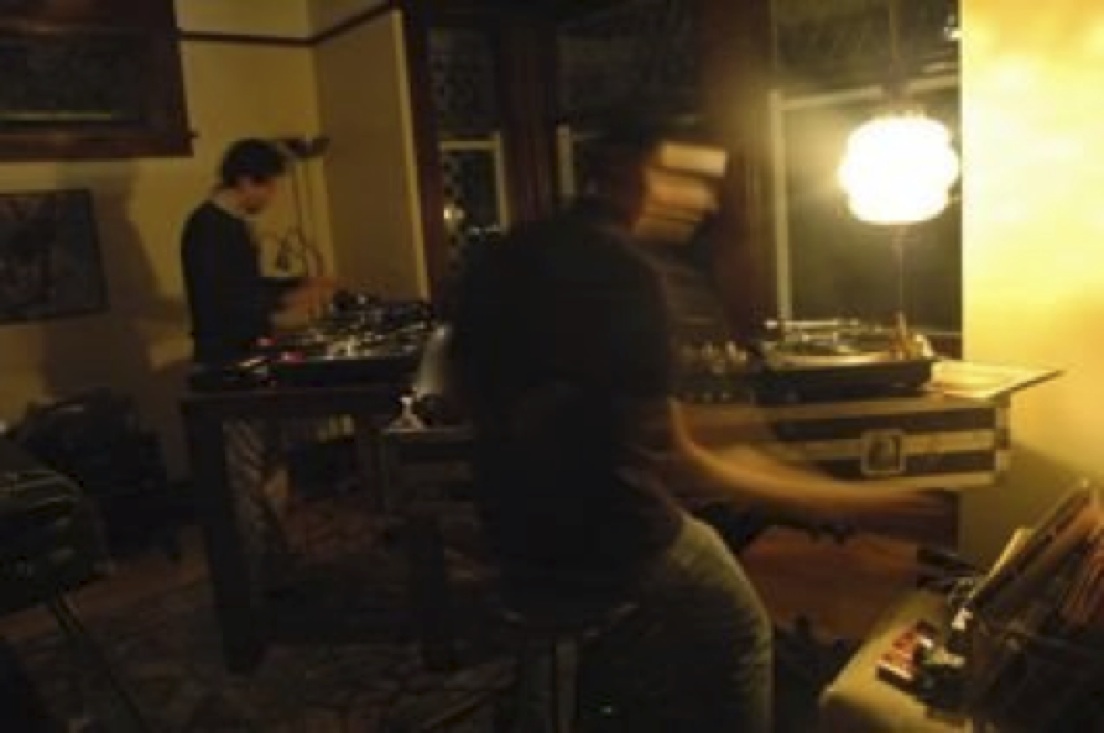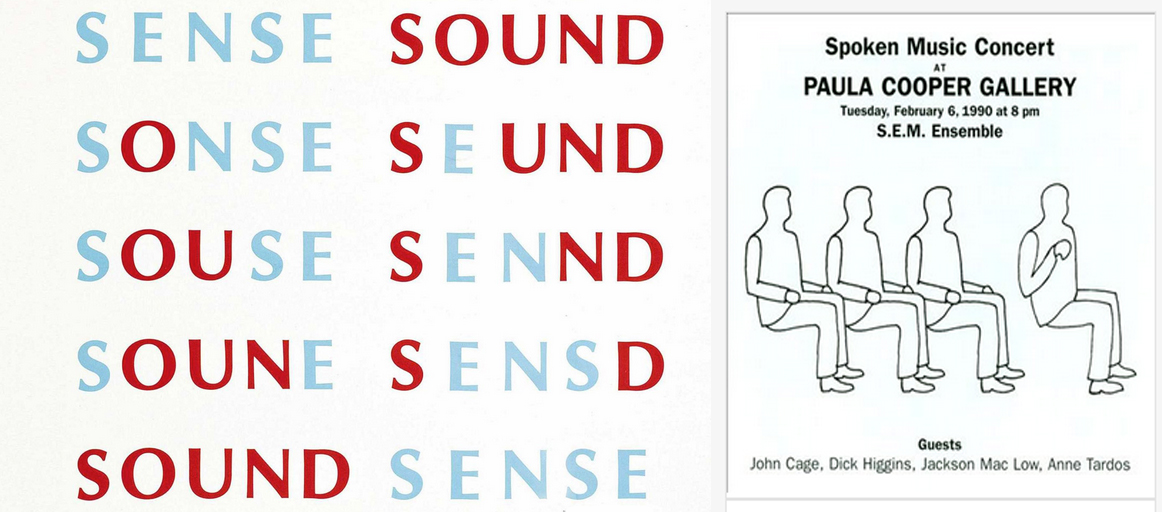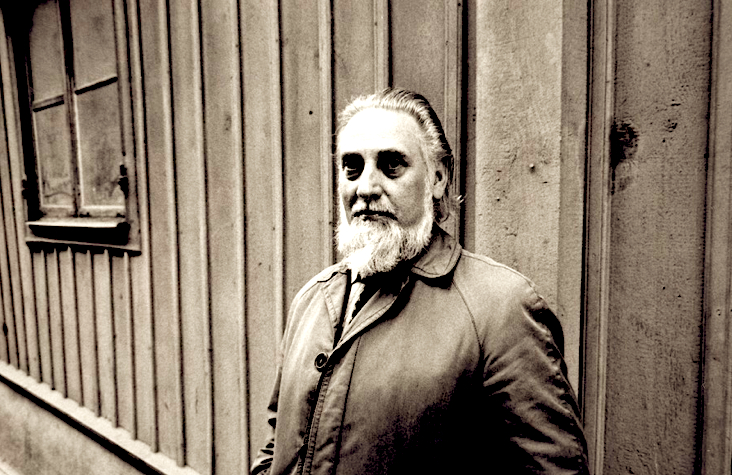Editorial note: Fellow Canadians Paul Dutton and W. Mark Sutherland ply the field of unconventional poetic practice in this interview, conducted by Sutherland in December 2009 and January 2010. Sutherland, an intermedia artist perhaps as heavily invested in language as Dutton (with whom he has collaborated artistically in the past), explores his colleague’s vast array of poetic practices, including visual poetry, sound poetry, and improvisational soundsinging. Dutton has released five books and four recordings of his solo work (recent examples include the CDs Mouth Pieces and Oralizations), but is widely recognized for his ensemble work as well, namely his participation in the Four Horsemen with bpNichol, Rafael Barreto-Rivera, and Steve McCaffery. Below this interview, you will find six poems by Paul Dutton. — Kenna O’Rourke









